Editor's note: Dien Bien has all the conditions to build a national rice brand: precious raw material areas, unique climate, specialty rice grains with unique flavors. However, in a competitive market and increasingly high quality requirements, Dien Bien rice is still struggling to assert its position. The problem is not only in the fields, but also in value chain linkage, brand protection and policy implementation mechanisms.
Therefore, what is needed most at this time is not only the perseverance of rice growers, but also strong and systematic participation, from policy mechanisms to implementation organizations to protect the brand from the situation of "borrowing names - mixing - lowering prices".
"Heavenly Land" in legend
Standing at the Dien Bien Phu Victory Monument on Hill D1, looking westward is an endless stretch of green of Muong Thanh fields. On the rice fields of Seng Cu, Bac Thom No. 7, Huong Viet, Hana, Dai Thom 8, Vai Gay, Nep Nuong, Nep Cam, Te Do... in Muong Thanh fields, the scent of new rice wafts in the air, I stand still, listening to my heart blend with the breath of the land, of the water, of the people who shed blood so that this land will forever be green.
The Thai people have a saying: “First Thanh, second Lo, third Than, fourth Tac”. In which, Nhat Thanh is Muong Thanh field, the largest rice granary in the Northwest, where the land is fertile, rivers and streams are abundant, and there is a bumper crop all year round. For the people here, this field is not only a source of life, but also a part of ancient legends.
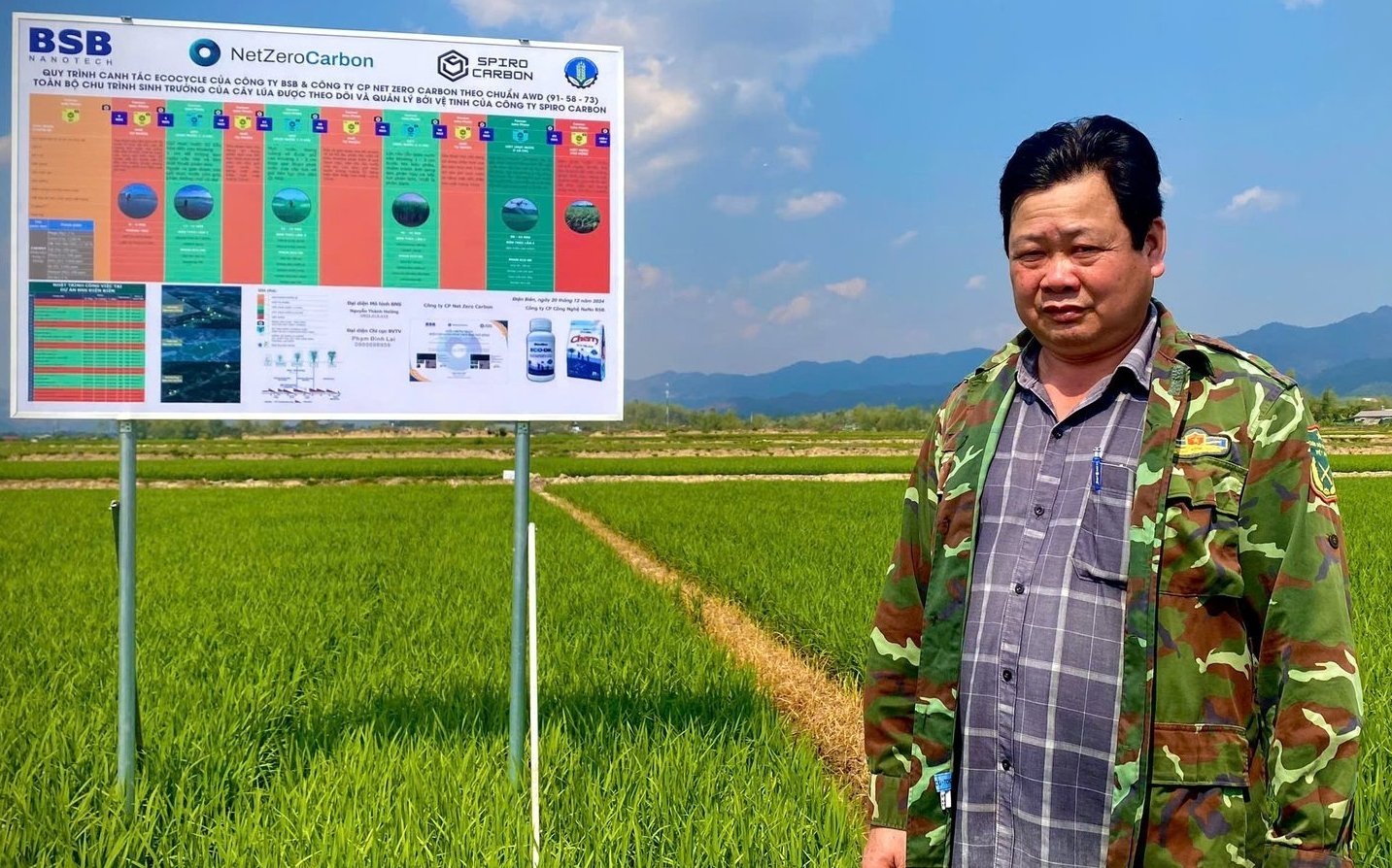
Mr. Lo Van Bun in team 6, Thanh Xuong commune, Dien Bien district, Dien Bien province. Photo: Tu Thanh.
The elders in the village say that, at the beginning of the world, there was a giant named Ai Lac Cac who traveled throughout the Northwest region, using his muscular hands to “split mountains, open rivers”, creating fertile valleys. Muong Thanh field is his last plow mark, where heaven and earth meet, where “seeds grow from the mother earth”.
I met Mr. Lo Van Bun in team 6, Thanh Xuong commune, a Thai farmer who has spent his whole life with the rice seasons in Dien Bien. He bent down to scoop up a handful of mud, his calloused palms tightly grasping the fertile alluvial grains, his voice deep in thought:
“Muong Thanh is the ‘Land of Heaven’, the land does not disappoint its people. This land sows rice and it bears fruit, plows and produces a harvest. But today’s rice grains are not only thanks to the land, but also thanks to so much sweat, blood and tears…”.
His words suddenly reminded me of the folk song: “Oh, whoever holds a full bowl of rice/Each grain is fragrant and soft, but the bitterness is infinite.” Dien Bien rice grains are not only crystallized from the alluvium of the Nam Rom River, but are also soaked in the sweat, tears and blood of resilient people.
Muong Thanh "basin " in the rain of bombs and bullets
But Muong Thanh is not only green with rice, but also once "burned red" in the rain of bombs and bullets. On November 20, 1953, when the rice flowers were still swaying in the sun, the sky was suddenly torn apart by the roar of engines. The French paratroopers recaptured Dien Bien, turning this place into a solid fortress, a "steel trap" that they believed no one could penetrate.
For 56 days and nights, this place became a “shield” that endured thousands of tons of bombs and bullets. The young green rice fields were plowed under the bullets, the ground burned like the fury of war. But under the trenches, the soldiers remained steadfast, each inch of land was a step forward, each fallen rice clump was a fallen soldier.
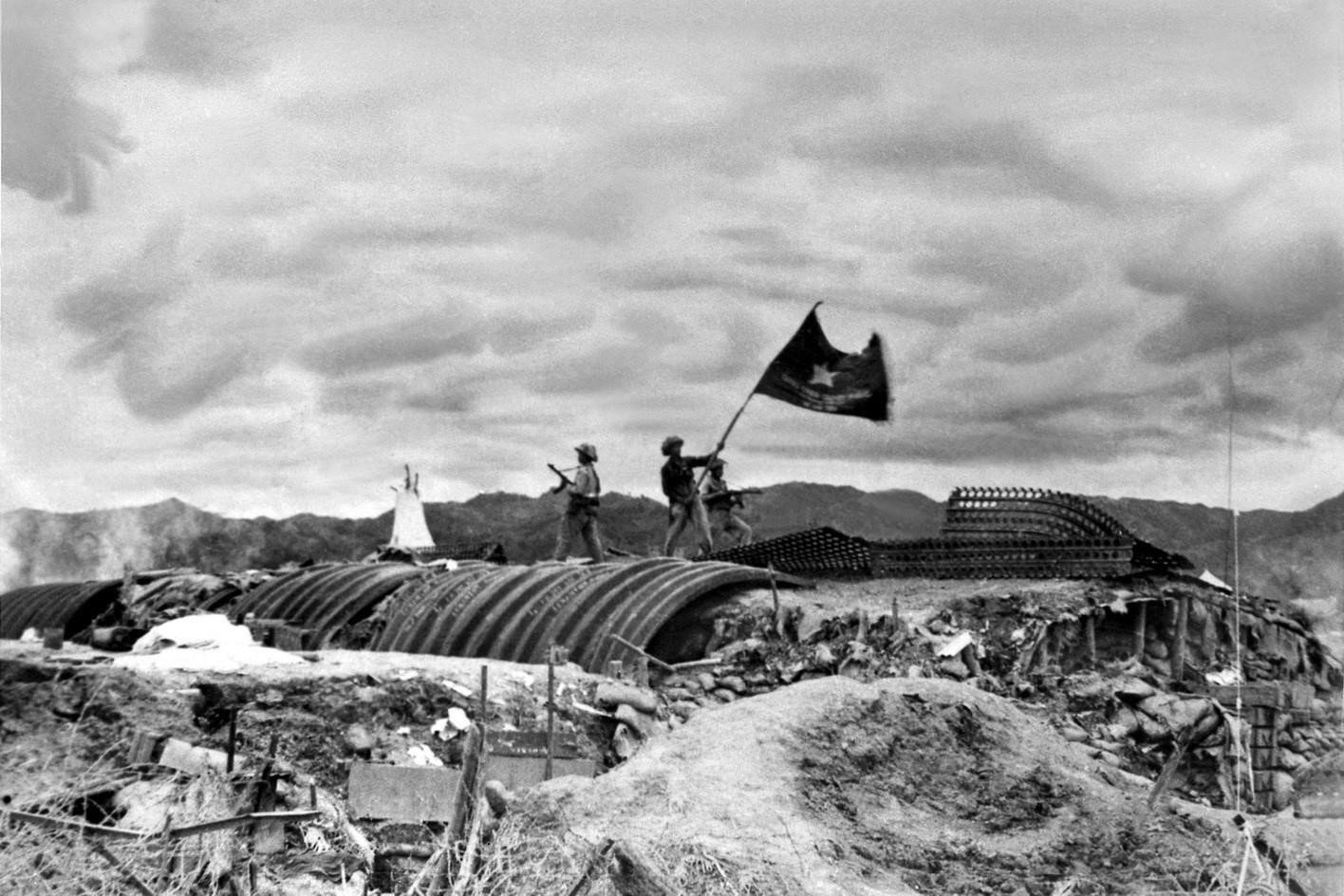
On the afternoon of May 7, 1954, the "Determination to Fight - Determination to Win" flag of the Vietnam People's Army flew on the roof of General De Castries' bunker. Photo: VNA file.
On May 7, 1954, from this very field, the “Determination to Fight - Determination to Win” flag flew over the roof of the De Castries bunker. Cheers echoed throughout the valley, but amidst the overwhelming joy, many people remained here forever, their blood staining the still green rice stalks…
Muong Thanh today
After the war, the fields that had been destroyed by bombs were revived. Before the Nam Rom irrigation project, the Dien Bien basin could only cultivate about 200-300 hectares of rice per crop. Food was not enough to serve the people, and they had to rely entirely on subsidies from the Central Government.
By 1969, the Nam Rom irrigation project was completed. The project's operation was of great significance in developing production, developing aquaculture, increasing the number of rice crops from one to two, and growing winter crops.
Thanks to that, rice productivity increased from 20 quintals/ha to over 60 quintals/ha; the irrigation area in the Dien Bien basin was expanded from 2,000 ha to nearly 6,000 ha. The winding water channels are like “mother’s milk” nourishing each rice field.

The stilt house of Mr. Lo Van Hac in Team 11, Thanh Xuong Commune, Dien Bien District still retains its traditional beauty. Photo: Tu Thanh.
Back to the story of Muong Thanh field. This is a place that the Thai ethnic people consider a giant "rice granary" in the Northwest sky. Not only famous for its vast area, the field also brings to the people here especially delicious rice grains. Rice grown in Muong Thanh field has small, long grains, a characteristic aroma, when cooked the rice is white, sticky, sweet and has a rich flavor.
According to Ms. Chu Thi Thanh Xuan, Deputy Director of the Department of Agriculture and Environment of Dien Bien, this land holds many advantages for agricultural development, especially specialty crops associated with natural conditions and indigenous farming practices. In particular, rice continues to affirm its role as the main crop, the "backbone" of the province's agriculture.
In 2024, the total rice cultivation area in the province is estimated to be about 54,200 hectares, with an estimated output of 209,000 tons. On average, Dien Bien supplies the market with about 60,000 tons of rice each year, equivalent to 30% of the total output after meeting the domestic consumption demand, ensuring food security for the whole region.
Late afternoon, I stood in the middle of Muong Thanh field, inhaling the scent of new rice, feeling each breeze carrying the breath of land, water, and history.
Suddenly I thought, Muong Thanh today is no different from a Dien Bien soldier in the past, strong, resilient, despite going through so much pain, still not falling down.
And if anyone asks what Dien Bien land has nurtured, I will answer: "Muong Thanh not only grows rice, but also grows memories, dreams and a glorious history."
Dien Bien rice is not only a food that nourishes people, but also a historical witness, carrying both painful and heroic memories of a time of falling bombs and tearing bullets.
Source: https://nongnghiep.vn/dinh-vi-gia-tri-gao-dien-bien-bai-1-hat-ngoc-tren-canh-dong-bom-min-d743894.html




![[Photo] General Secretary To Lam meets and expresses gratitude to Vietnam's Belarusian friends](https://vphoto.vietnam.vn/thumb/1200x675/vietnam/resource/IMAGE/2025/5/11/c515ee2054c54a87aa8a7cb520f2fa6e)
![[Photo] General Secretary To Lam arrives in Minsk, begins state visit to Belarus](https://vphoto.vietnam.vn/thumb/1200x675/vietnam/resource/IMAGE/2025/5/11/76602f587468437f8b5b7104495f444d)
![[Photo] General Secretary To Lam concludes visit to Russia, departs for Belarus](https://vphoto.vietnam.vn/thumb/1200x675/vietnam/resource/IMAGE/2025/5/11/0acf1081a95e4b1d9886c67fdafd95ed)

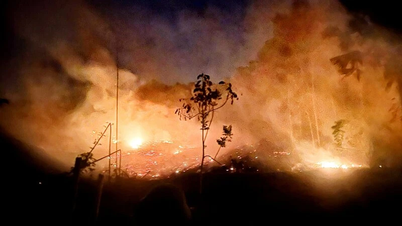
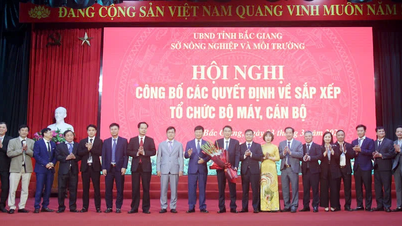
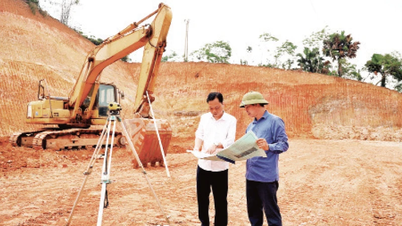
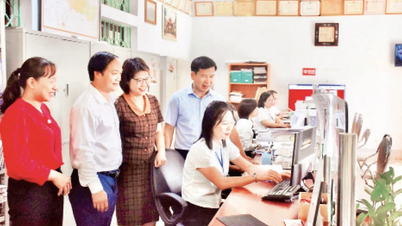
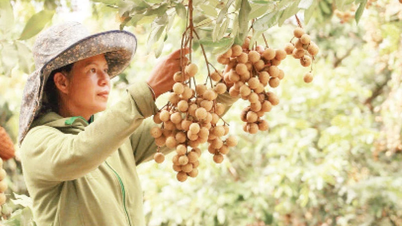
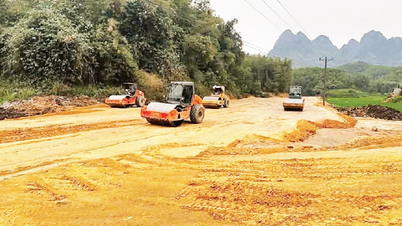







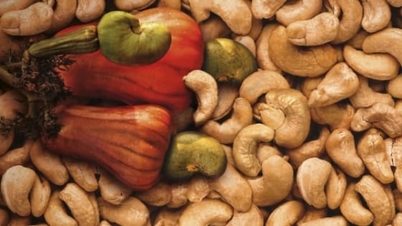
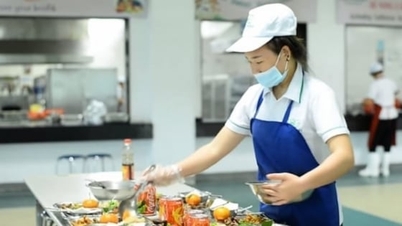
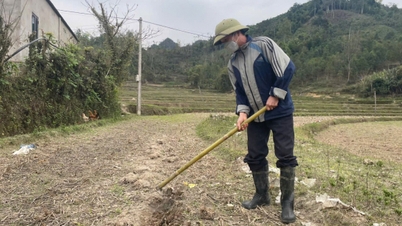

![[Photo] National Assembly Chairman Tran Thanh Man attends the Party Congress of the Committee for Culture and Social Affairs](https://vphoto.vietnam.vn/thumb/1200x675/vietnam/resource/IMAGE/2025/5/11/f5ed02beb9404bca998a08b34ef255a6)





























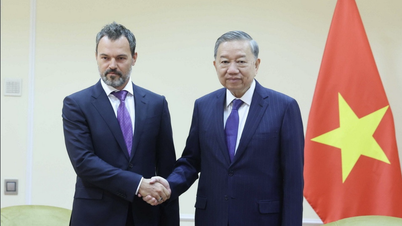















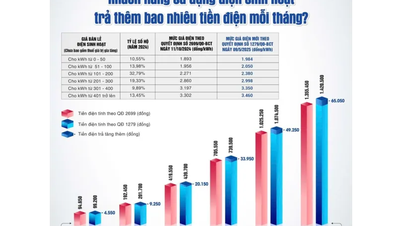







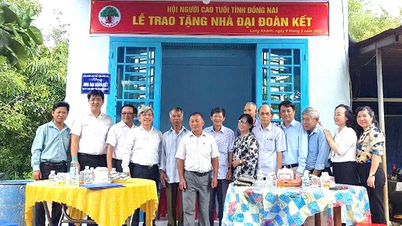










Comment (0)